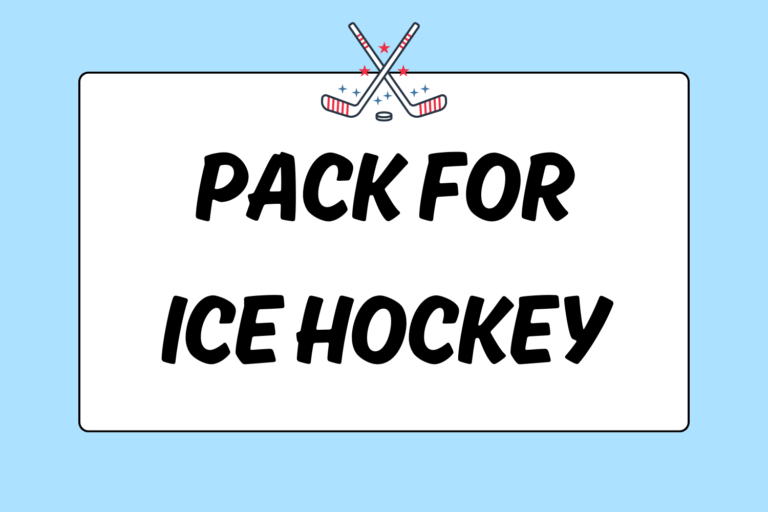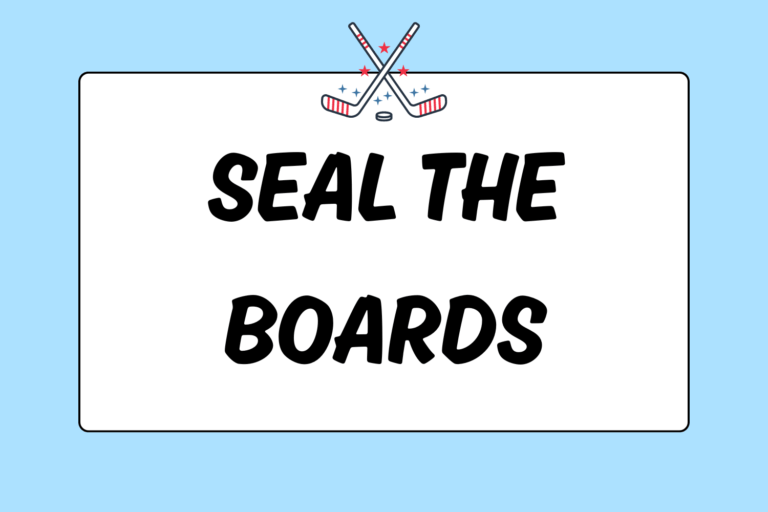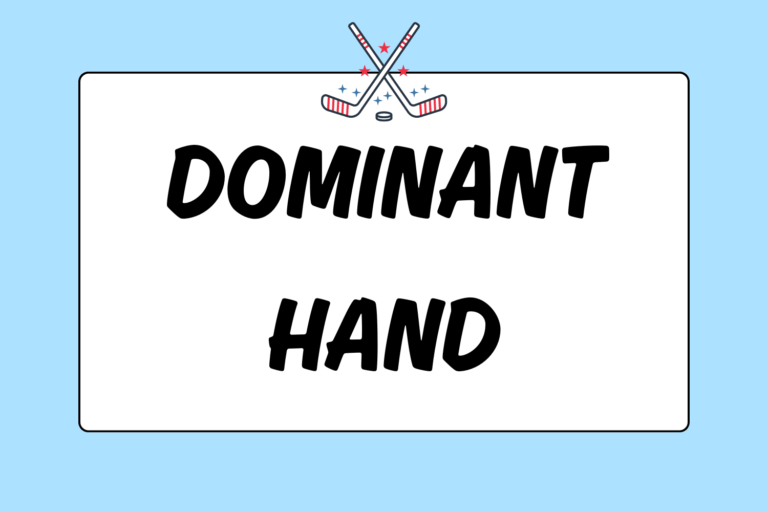Skates are arguably the most important piece of hockey equipment. Aside from the fact that skates are expensive, they are a hassle to break in. This combination of price and comfort should be enough of a reason for you to take the best possible care of your skates.
Proper maintenance of your skates prolongs their life, saves you money, and improves your mobility on the ice. This guide is filled with tips and tricks to make your skates last as long as possible. Further, it covers where you can find individual skate parts, so that you can keep your wallet in your pocket and avoid buying new skates (when avoidable).
Skate-protecting Equipment
There are a few inexpensive items you can purchase to help protect your skates from the wear and tear of regular use. The two most time-tested are:
Skate Guards
This essential piece of equipment covers the blades of your skates when they’re not in use. They are usually made of either terrycloth or plastic. Skate guards not only protect the items in your bag from getting cut by your blades, but they also protect your skate blades from nicks and dings. Thus, they reduce how frequently you need to sharpen your skates.
Toe Protector
This is a black, viscous liquid that you apply with a brush to the toe box of your skates. It dries on hard with a tough, matte finish that prevents your skates from getting cut by other players’ blades.
Odor Protection
Anyone who’s played hockey knows that it’s one of the smelliest sports there out there. This malodor results from the amount of equipment required to play, coupled with the fact that it’s extremely difficult to clean the equipment.
Because you can’t throw your skates in the washing machine, you should consider the following items to help protect your skates from getting too stinky:
Insoles
For the most part, insoles are the only internal part of hockey skates that can be replaced. In addition to providing comfort, they also absorb some of the sweat that accumulates in you skate. Replace them every few months (depending on how often you play). Scented, or “odor eating,” insoles are also available, and keep your skates even fresher.
Odor-neutralizing Sprays
These work wonders to remove some of stink from your skates. Just remember to only use sprays that don’t bleach! Only apply odor-neutralizing sprays to fully dried skates.
Socks
Not surprisingly, one of the easiest ways to keep your skates smelling their best is to always wear fresh, clean socks. Buy a few pairs of athletic socks and keep them in your hockey bag so you always have a good pair. When they get old and stiff (even when clean), throw them out and get new ones.
Fun Fact:
Often considered the best defenseman to ever play the game, Bobby Orr of the NHL’s Boston Bruins never wore socks. After him, many players also started to ditch the socks. Keep in mind that professional hockey players don’t have to pay for new skates when theirs start smelling terrible!
Component Replacement
There are certain external parts of hockey skates that can be replaced, but many of the pieces are difficult to change out. Unless you’re very handy, we recommend getting all of this work done at your local hockey shop. Blades and blade holders are the most commonly replaced parts. However, specialty sports repair shops can sometimes replace skate eyelets and tongues as well.
Blade Holders
Blade holders are the plastic pieces that connect the blades of your skates to the boots. Over time (and use), these weaken and can crack. Blade holders attach to the skate boot with rivets. Unless you have plenty of experience using a rivet gun, do not attempt to change out your blade holders. All hockey pro-shops are equipped to replace blade holders.
Blades
Until recently, players had to remove blade holders to access the steel blades. In general, this process hasn’t changed, so it’s wise to bring your blades to a pro-shop. However, an increasing number of skate companies are introducing blades that can be removed with external screws.
Blades should be replaced when they are either covered in rust or too short to sharpen. Replacing a blade before it becomes critical will likely prevent damage to the blade holders.
Eyelets
Eyelets are the metal rings that skate laces thread through. These rings rarely get damaged, but they are difficult to mend if they do. If your skate’s eyelets bend or break, they need to be fixed immediately or your laces will likely tear your skate boots. In general, only specialty hockey shops or shoe repairmen can fix eyelets.
Tongue
Tongues sometimes wear through and break off, rendering the skate unusable. Tongues are often made of leather, cotton, and felt. Because they are made of a tough, durable material, they are very difficult to repair. As with eyelets, they can usually only be replaced by specialty hockey shops or shoe repairmen.
Blade Maintenance
Two major factors determine the lifetime of hockey skate blades:
- Drying the blade thoroughly after every use. This prevents rust and corrosion from weakening your blades.
- Frequency of sharpening. The more frequently you sharpen a blade, the quicker it needs to be replaced.
Sharpening stones take nicks and dings out of skate blades. This process can prolong the time between sharpening and increase the life of the blade. Because they are inexpensive, we recommend every hockey player having one.
Time & Effort
With most issues, proper skate maintenance boils down to two points: Time and effort. Drying off blades after every use, or fixing something before it completely breaks, can seem tedious. But, it will prolong the life of your skates and prevent lots of upkeep in the long run. Treat your skates well, and they’ll do the same for you!





